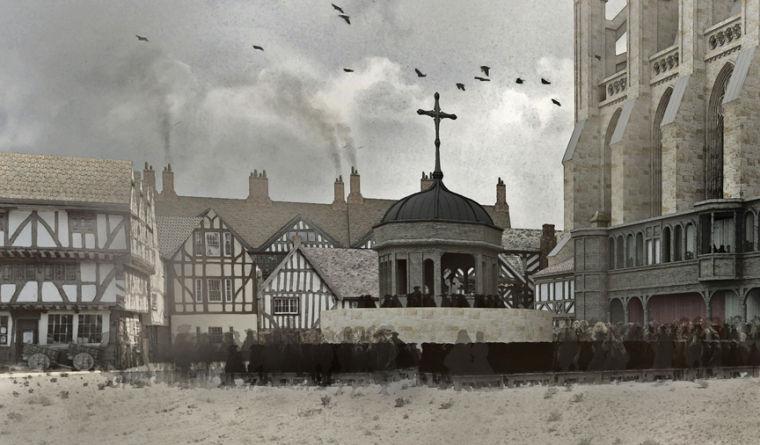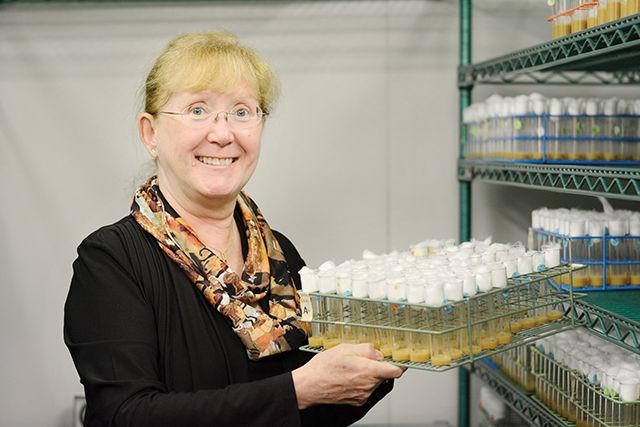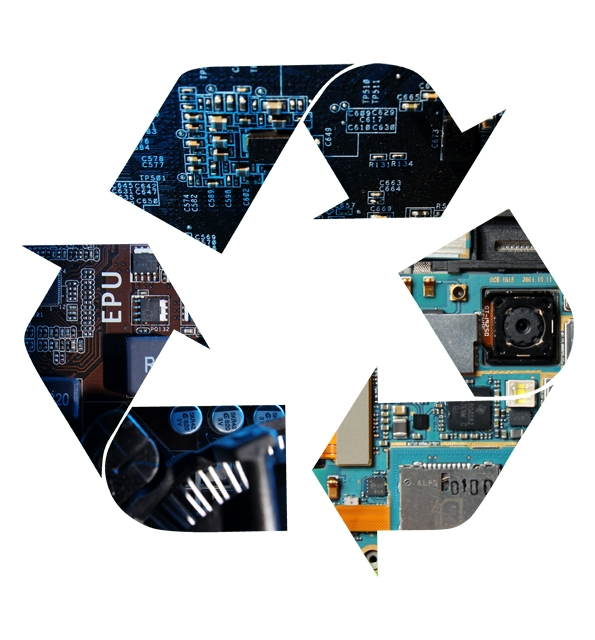Although John Donne and the cathedral where he preached have been gone for more than 300 years, N.C. State English professor John Wall is bringing Donne and St Paul’s Cathedral back to life, virtually.
Wall created a virtual rendition of St. Paul’s Cathedral as it was in 1622 London, and he will present Donne’s Nov. 5 speech of that year in Hunt Library’s Teaching and Visualization Lab on Nov. 5 of this year.
Donne was the Dean of St. Paul’s Cathedral from 1621 until 1631. The wit and complex language Donne incorporated into his sermons made him a popular subject for history and English students.
“So he’s important to historians, and he’s also important to English lit types, like me,” Wall said. “Contemporaries said that he could move congregations to tears, and I believe it.”
Wall said works written for presentation such as Shakespeare’s plays and Donne’s early-modern sermons cannot be appreciated appropriately on a page.
“Throughout my career I’ve had the belief that the meaning of a literary text is bound up in the experience of it,” Wall said.
Wall has spent his career looking for ways to allow students to experience the performance aspect of works like Donne’s.
“And then all of a sudden I discovered all of this stuff,” Wall said in reference to the Hunt’s Library Teaching and Visualization Lab. “The technology caught up with my ambition.”
The Teaching and Visualization Lab has 10 high-definition projectors that will project one continuous image on three walls of the room, creating a panoramic shot of the churchyard. The fourth wall will be equipped with touchscreens to control the installation. Twenty-one speakers will work together to provide true surround sound.
“We are creating an immersive installation,” Wall said.
Graduate students from the school of design have created a model of the east-end churchyard, complete with St. Paul’s cross preaching station, St. Paul’s school and the surrounding businesses, which can be projected into the room.
The area surrounding St. Paul’s Cathedral thrived as a center of learning; most of the shops surrounding the church were book stores, and as many as 6,000 people gathered there for events. Students can now virtually explore the area.
“It’s a place where government policy and religious matters were articulated,” Wall said. “It’s where the issues that came out of the reformation were debated.”
The students managed to fashion an accurate model by using measurements for the foundations of the original cathedral, detailed engravings by Wenceslaus Hollar, and a scale drawing by Christopher Wren, the architect who would eventually redesign and rebuild the cathedral after the original burned down in 1666.
The students created a stripped-down version of the model, and Wall sent it to acoustic engineers who used the model to determine how sound would behave in the space. This is the same process used by engineers working on buildings where sound is important, like auditoriums or theaters.
“I figured if you can do this with a building that doesn’t exist yet, you can do it with a building that used to exist but doesn’t exist anymore,” Wall said.
Wall and volunteers then added ambient noises to the presentation that would have existed in the period, such as dogs barking, horses passing by, pigeons and bells. They also created the sound of a crowd of listeners murmuring and shuffling.
Including Donne himself was the final step. Wall hired an actor to read a manuscript of his sermon in the dialect of the time.
The actor spoke slowly and clearly as Donne would have in the 17th century in front of a large crowd. To our ears, which are accustomed to presenters aided by microphones, it may sound artificially measured.
The actor recorded this in an anechoic chamber, an acoustically “dead” round room covered with jagged foam pieces to absorb sound. This recording will then be put in the acoustic model of the churchyard, meaning that you can hear how he would sound in that space.
“Lots of people are building visual models of old places,” Wall said. “Adding the sound dimension is new.”
More sermons were preached at St. Paul’s, and a large body of music was composed specifically for the cathedral’s organists and choir.
“You will be able to hear music composed for performance inside Saint Paul’s cathedral in the space for which it was composed for the first time in 400 years,” Wall said.
The project can also be shared with any university with the technology to present it to its students.
“[The project] really takes people to an era that we can’t personally experience,” said Thomas Birkland, associate dean for research in the College of Humanities and Social Sciences, which helped fund the project. “It’s a really important thing to understand our history and heritage, and this really brings it alive in a way that’s not just looking at pictures and reading about it.”
The project can be seen online at http://vpcp.chass.ncsu.edu/ but can be fully experienced in the Hunt library Nov. 5.




